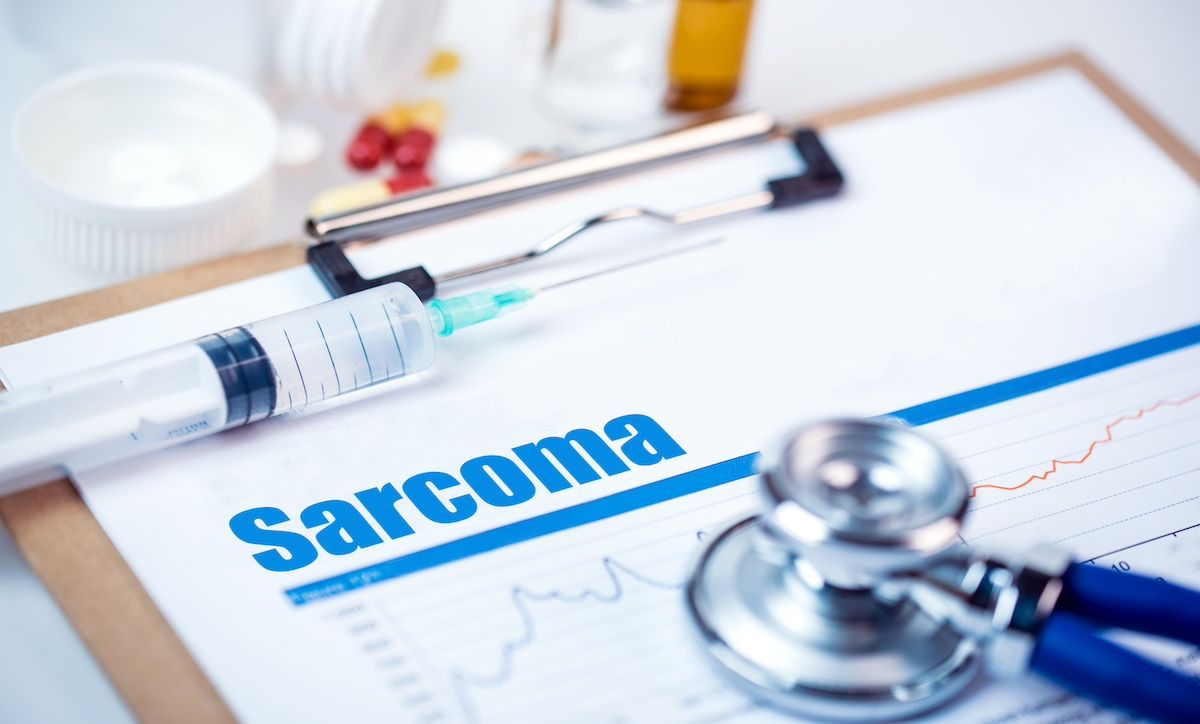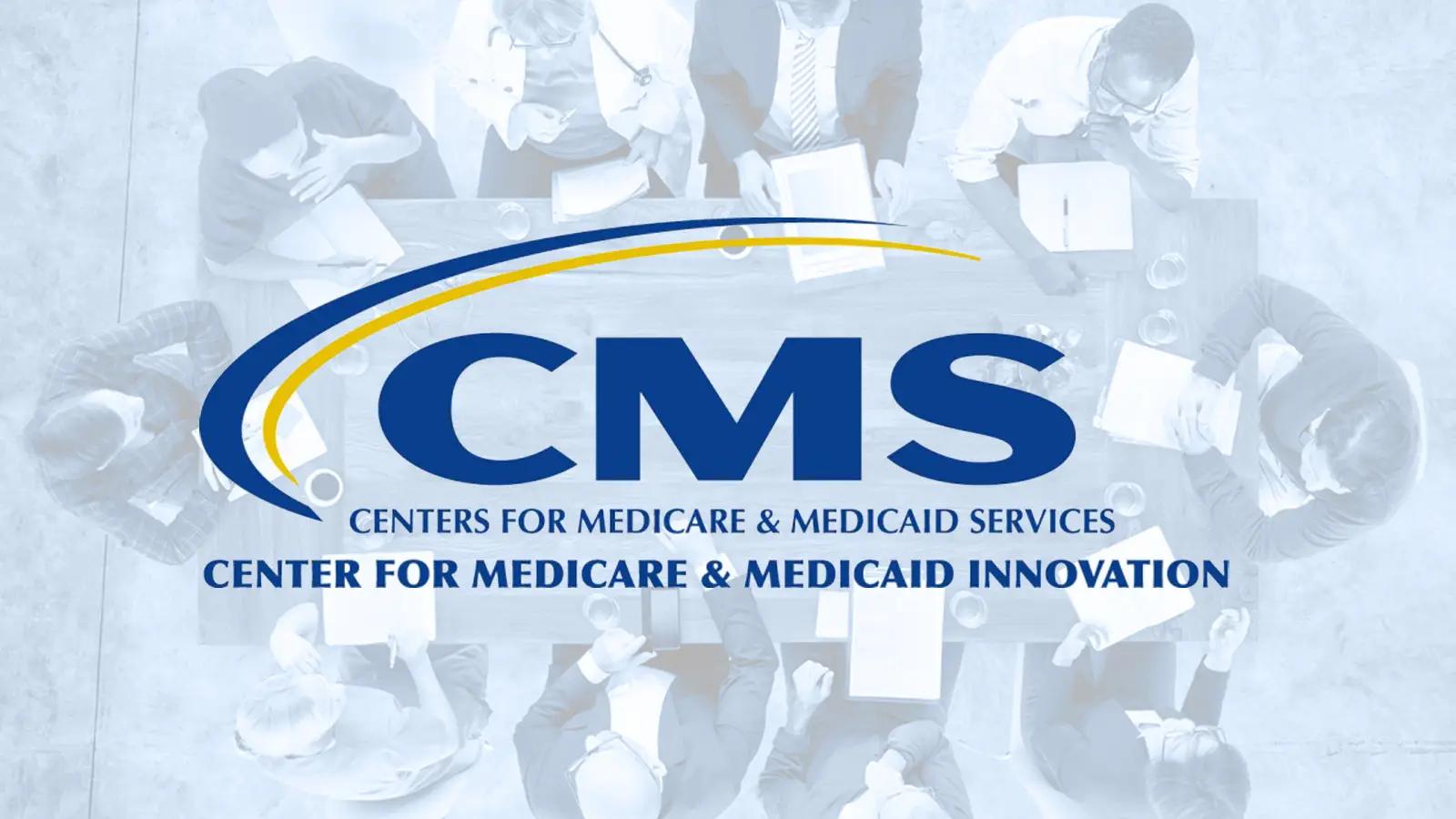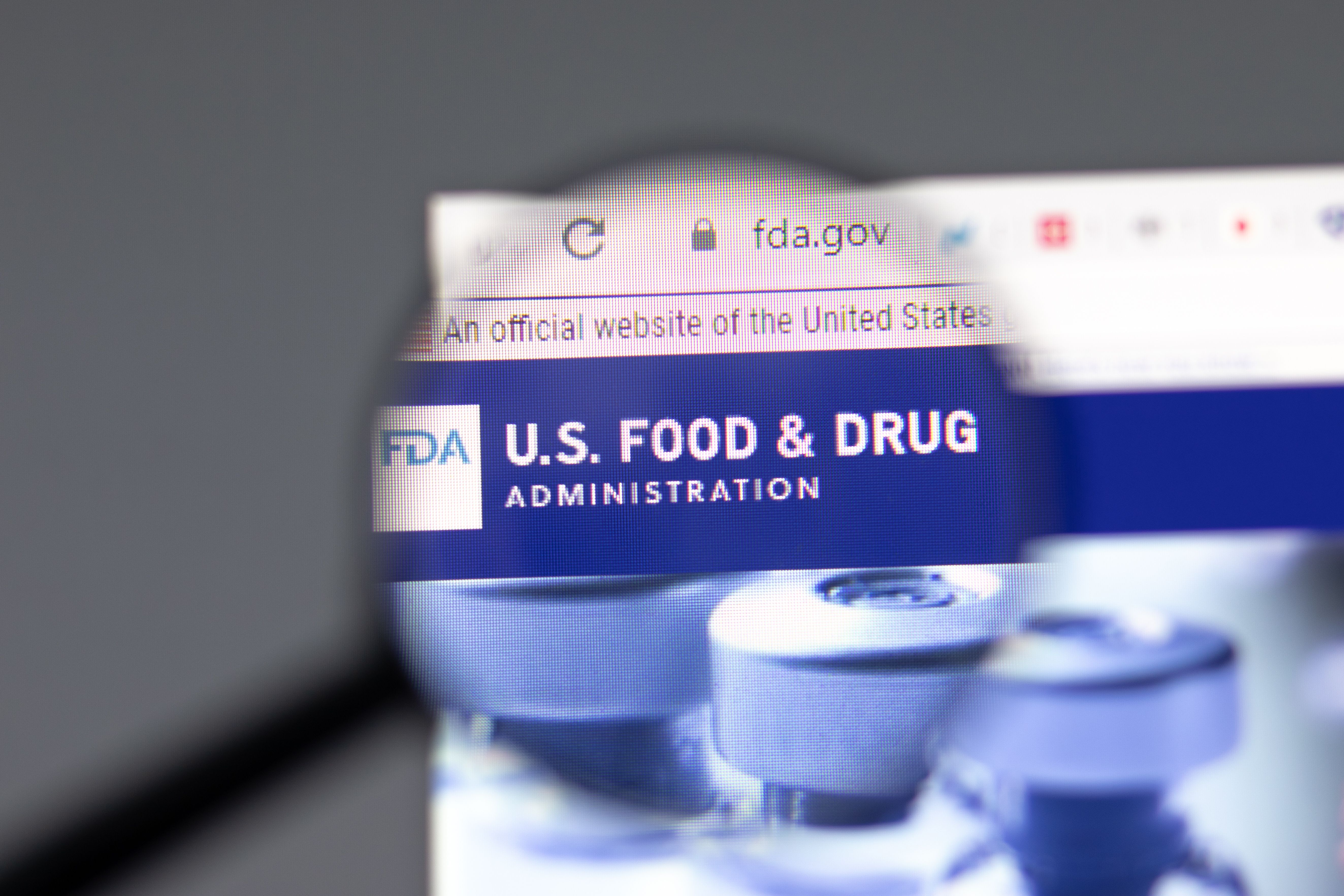Commentary
Article
Elevating Sarcoma Outcomes Through Value-Based Care
Author(s):
At our recent Institute for Value-Based Medicine® event in Boston, Hari Deshpande, MD, Yale Cancer Center, presented on predictive biomarkers in sarcomas.
Presentations focused on the theme of “Elevating Value in Cancer Care” explored several disease states during our recent Institute for Value-Based Medicine® event in Boston. Hari Deshpande, MD, medical oncologist at the Yale Cancer Center, spoke during a presentation titled "Recent Advancements in Identifying Predictive Biomarkers for Sarcomas."
Here he discusses the seemingly never-ending process of moving the needle forward in cancer care in light of insufficient health care providers to meet patient needs, long wait times for appointments, and skyrocketing health care costs, and drills down to how they affect the sarcoma space.
Deshpande runs the inpatient consult service at Smilow Cancer Hospital and is clinical research team leader for sarcoma, where he specializes in the treatment of patients with sarcomas.
This transcript has been lightly edited.
Transcript
To truly enhance value in cancer care, what must we do?
I think that's a really good question, and it does seem like it's never-ending. It seems like the costs are always going up. But the way I look at it is there have been advances in cancer care. In the last 12 years, we've seen more approvals for sarcoma patients than we had in the previous 50 years. The pace of new medicines is great, and while, yes, they are very expensive, I do feel that they're improving survival. They're allowing patients to not have to see me, not have to come back and forth to the clinic, not get admitted to the hospital, [and instead] go back to work, generate more income that way, spend more time with the family—I know that's not a financial improvement, but it's certainly an emotional improvement for them. So I do think that there are benefits that we don't always take into account when we look at the upfront costs of these medications.
I do think we do need to do more real-world studies looking at the cost of taking some of these really expensive medicines, and comparing it to what if they didn't take those medicines? How would their supportive care be changed, and would it be more expensive than if they are taking it?
The problem with lack of health care providers, I think that's a little more challenging. And one of the things that came out of the COVID pandemic was the use of telemedicine, or virtual visits, and I think we can really leverage that to bring care to patients without them needing to spend more money, say, in parking or coming to see me. If they just need to do a blood test, they can do that closer to home. And I think that can bring down costs, allow me to see patients on off hours, and spend more time with the patients who actually need me to see them in person.
So I do feel that there are ways that we can with employees that we have now maximize their efficiency, but I do think it's something that it's not me, but someone else is going to eventually look at and find ways of getting through this.
What are top takeaways from your presentation?
One of the things I liked about this whole course that you're giving today is that I get to hear about lung cancer and breast cancer and their biomarkers, because they have such huge populations. There's 300,000 new breast cancer patients every year, which is a huge number. But in contrast, we see about 20,000 sarcomas. Now, we do see a lot of heterogeneity in that. And by that I mean there are over 100 different subtypes, and each one has their own biomarker, or at least groups of them have their own biomarkers. So I think we can really look at that and come up with newer treatments as we understand them more. But because there's only 20,000 sarcomas a year, we don't have the volume that we really need to say, “This marker is better than that marker,” or, “This treatment is better than that treatment,” as quickly as they can for lung or breast cancer.
Can you discuss how these advancements in predictive biomarkers impact treatment decisions for sarcomas?
The big example I like to quote for sarcomas is a particular sarcoma called gastrointestinal stromal tumor, or GIST, and this is driven by one particular biomarker in about 90% of cases. And luckily we have a medication that came out 25 years ago now called imatinib, or Gleevec. It's like the poster child for targeted therapy. It revolutionized treatment for a type of leukemia, and it's revolutionized treatment for GIST. So even though GIST affects maybe 3000 patients a year—not many when you compare it to some of the other cancers—we now have great treatments for patients with GIST. They've gone from living, on average, a year with stage IV disease to now we have some patients who are 10 years out, and they're doing great. They have to come in once every 3 months to see me, and they're able to work, take care of their families and generally live as normal life as you can while being on a medication.
Obviously, there are some that don't do as well as that, and those are the ones who we're focusing on with some of our clinical trials. But I do think that as those medicines progress, or we use them for longer and longer and new variants come out, the costs will go down and they'll be more affordable for patients.
Newsletter
Stay ahead of policy, cost, and value—subscribe to AJMC for expert insights at the intersection of clinical care and health economics.




